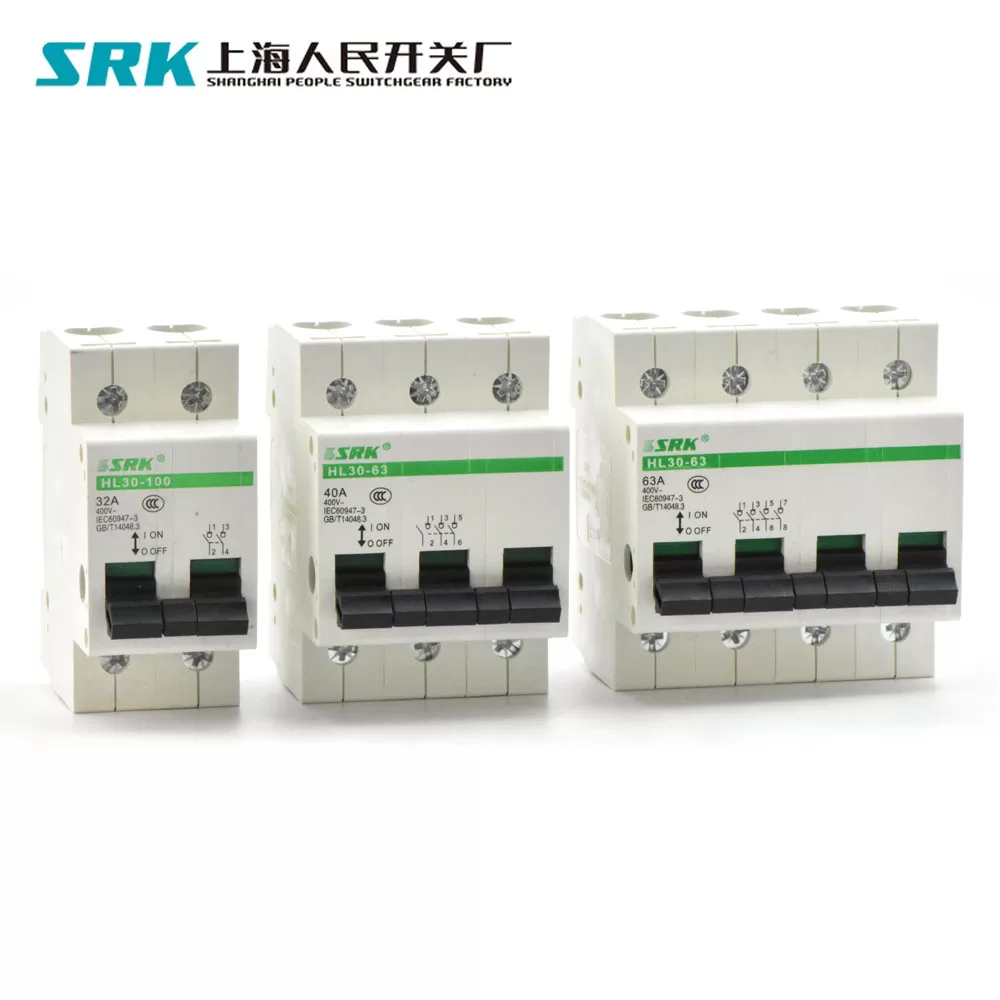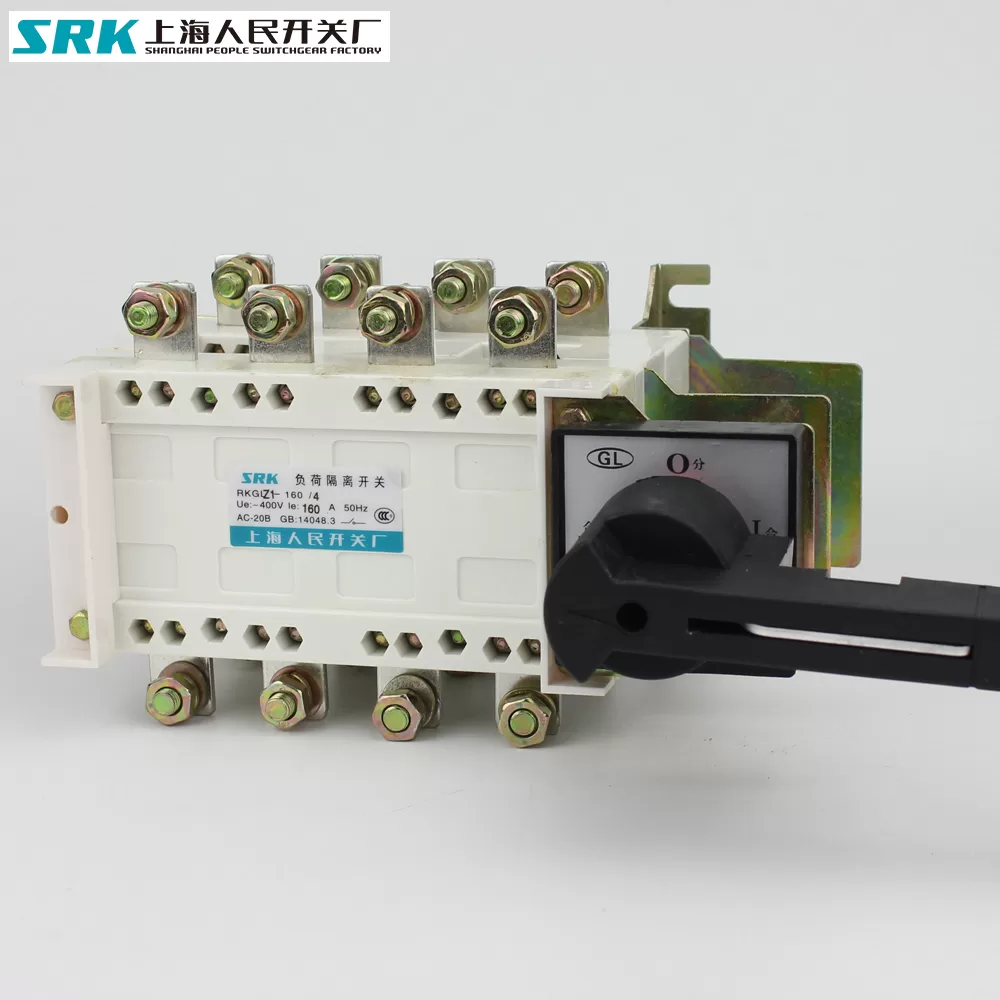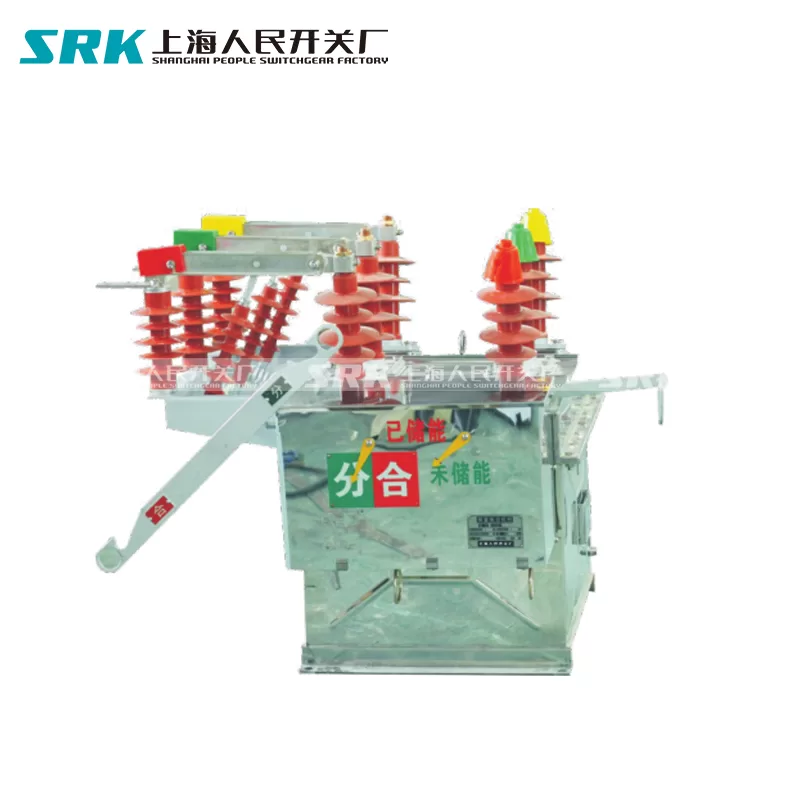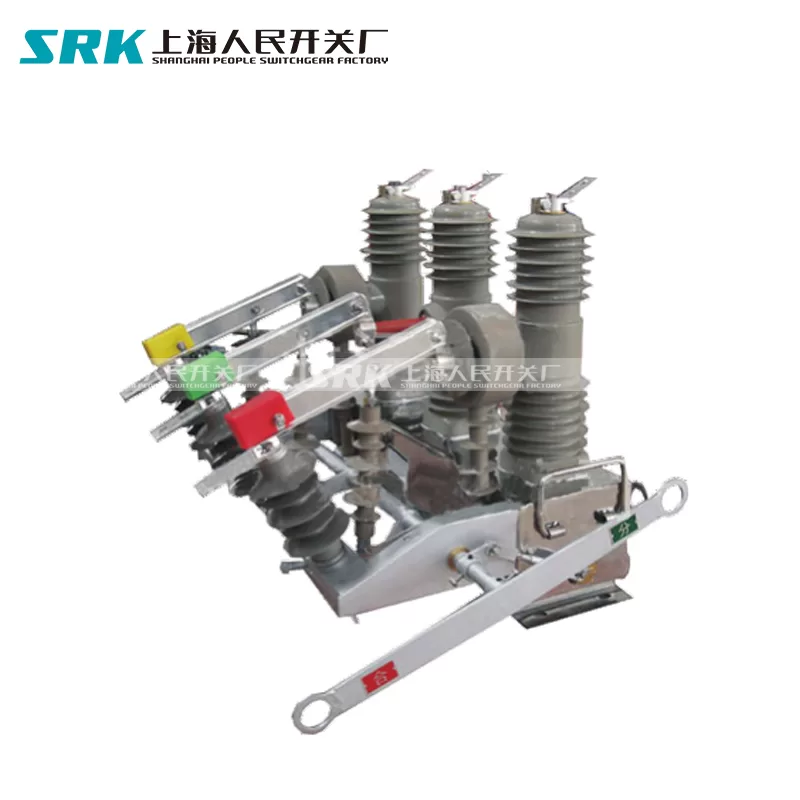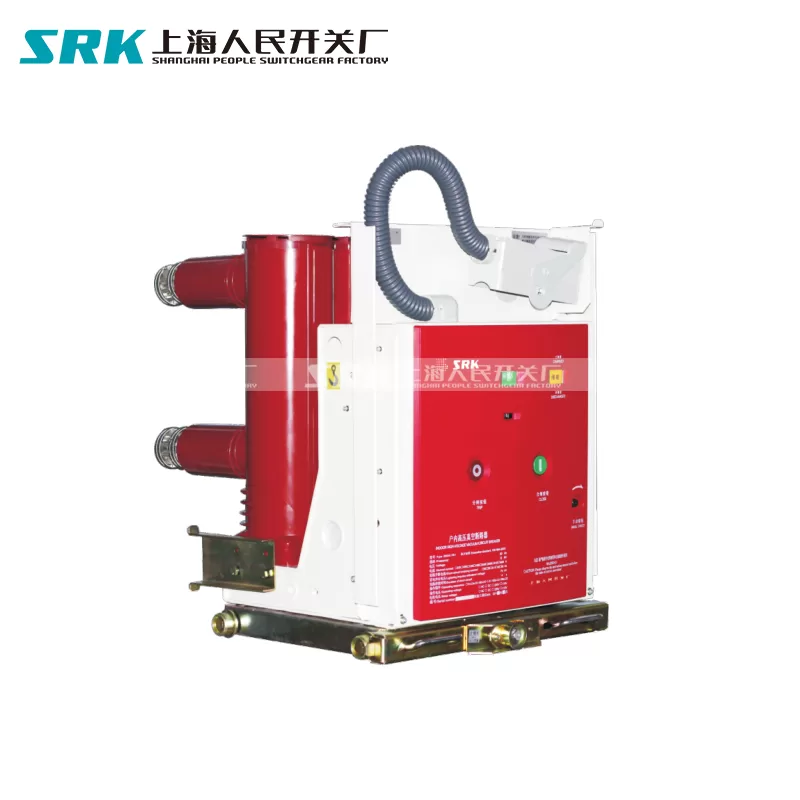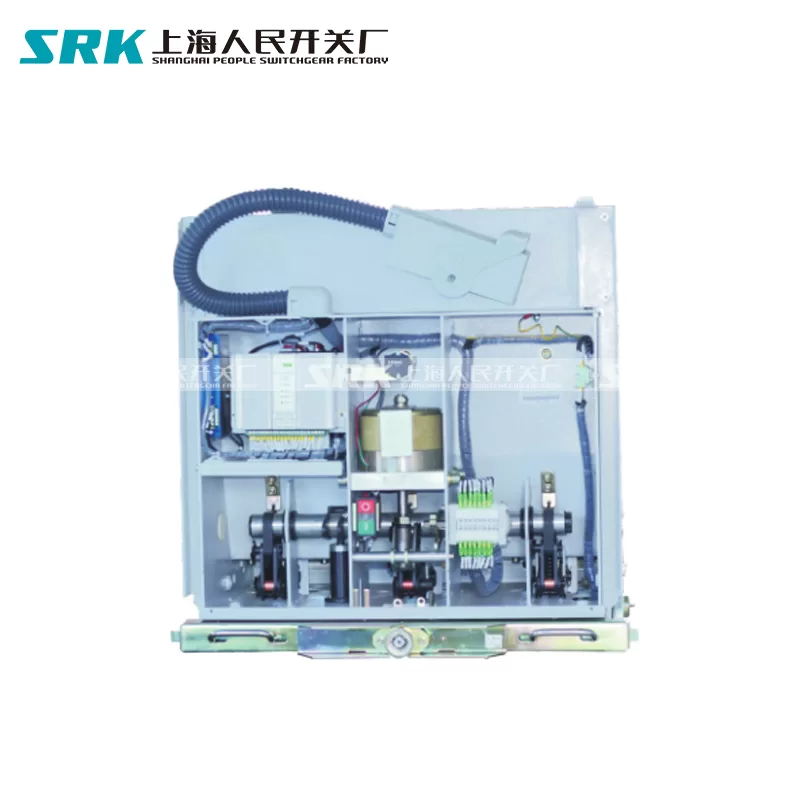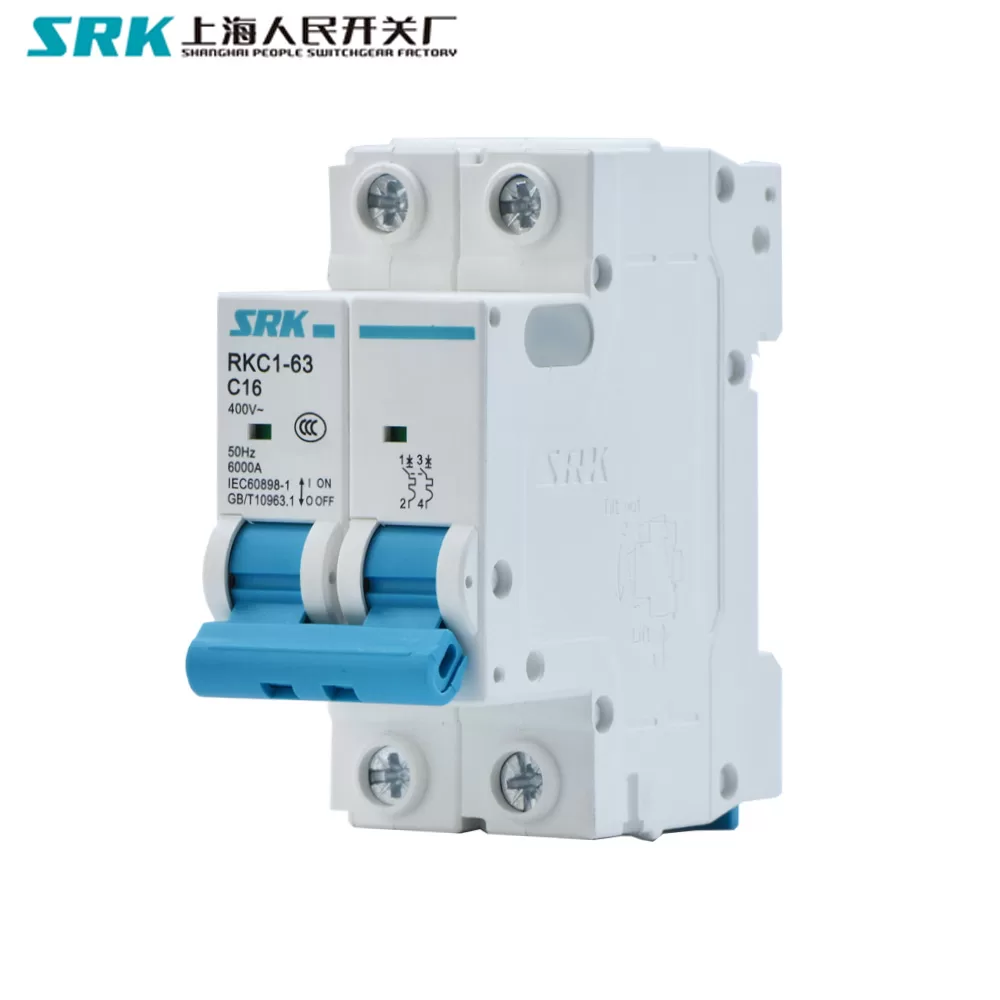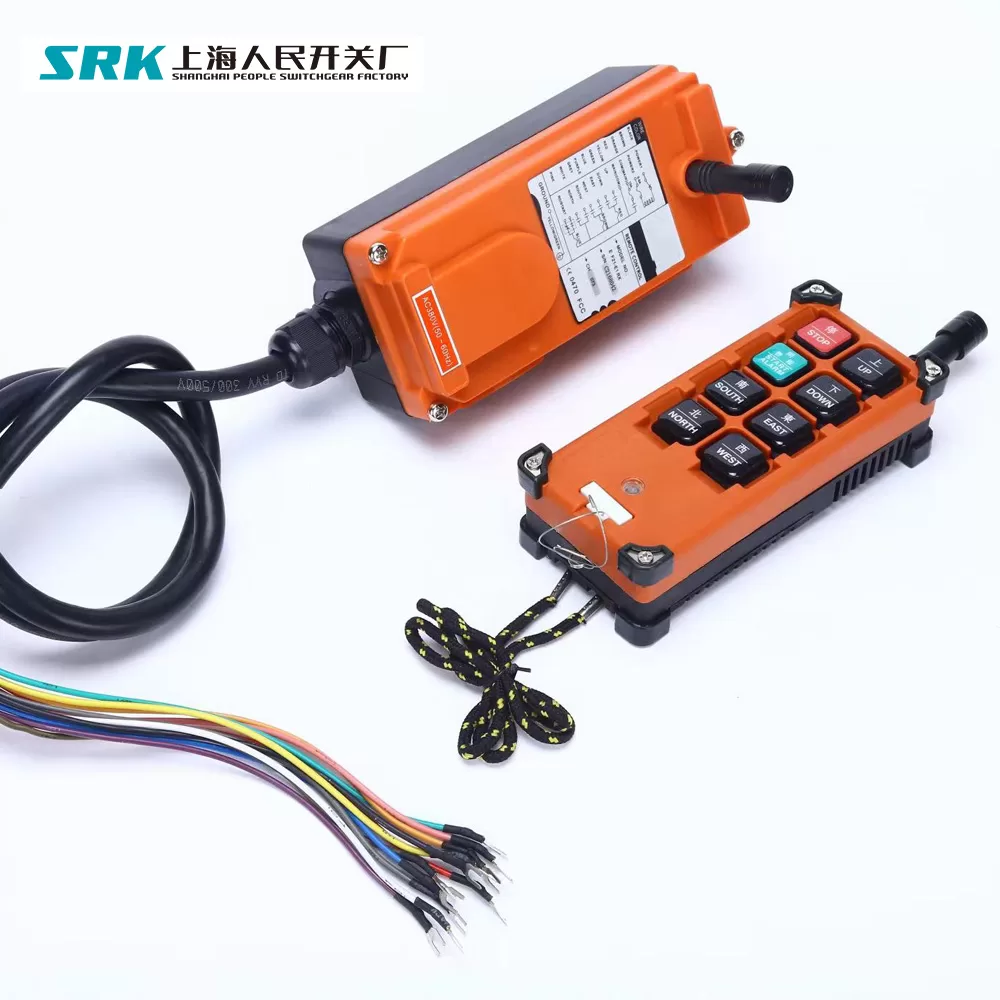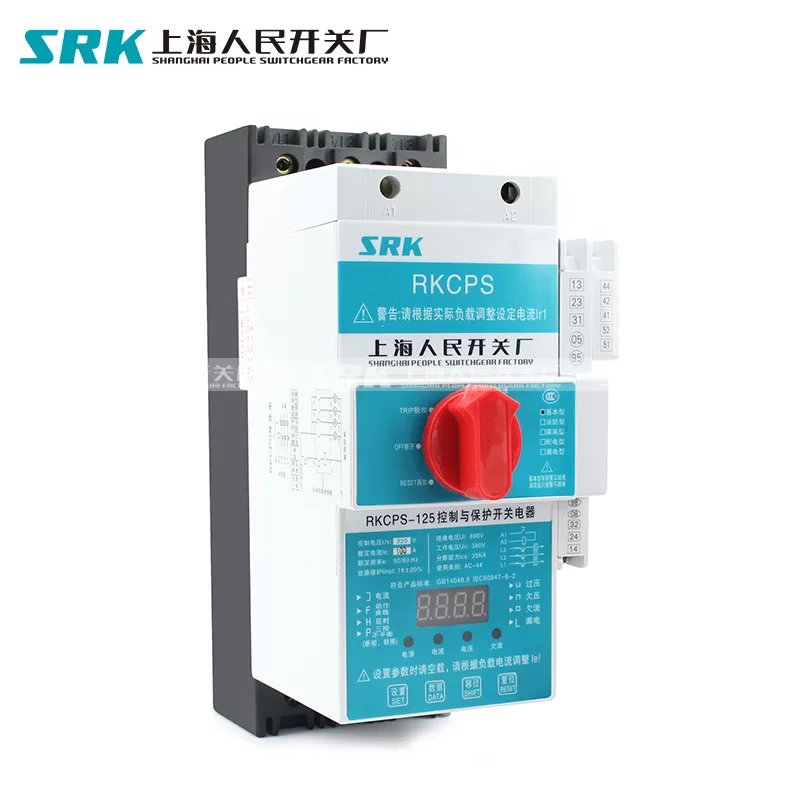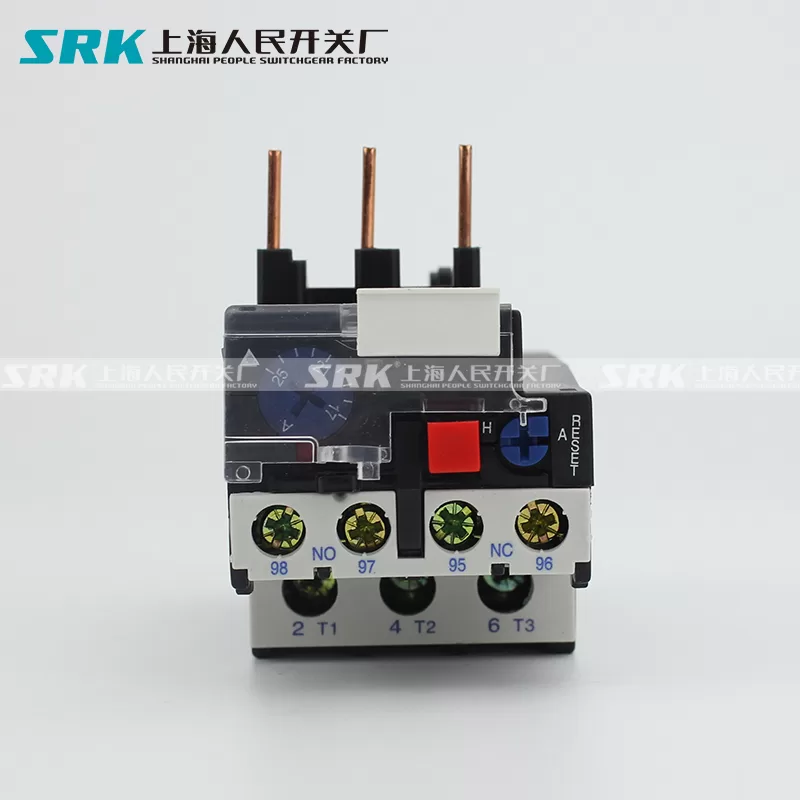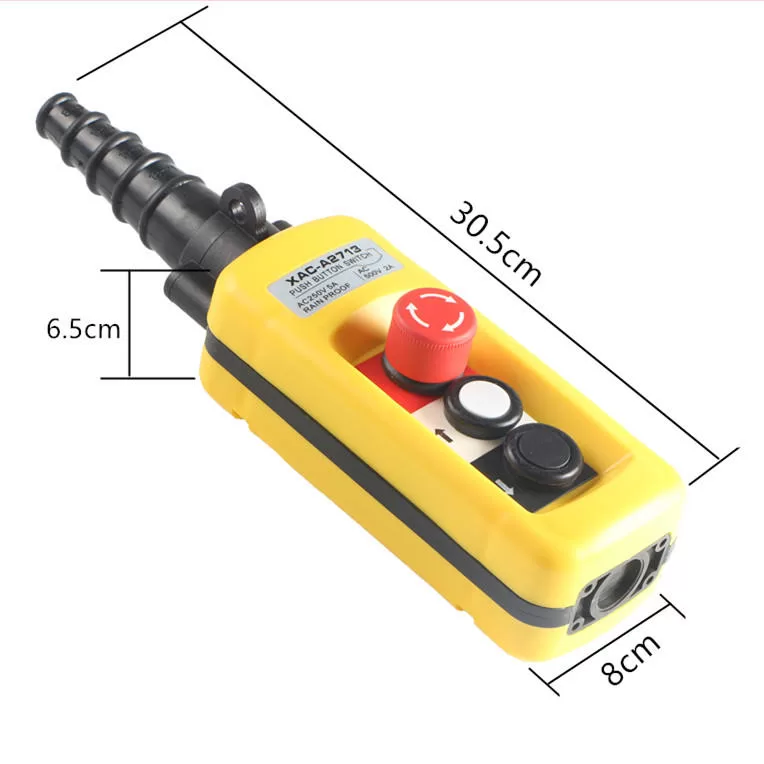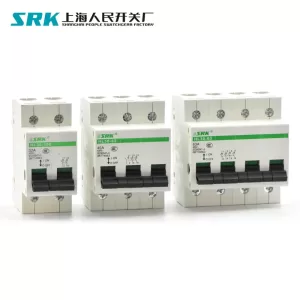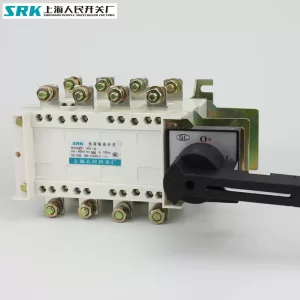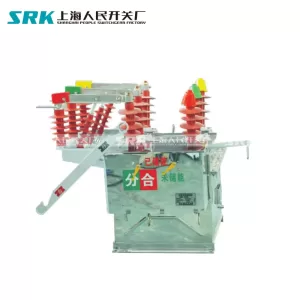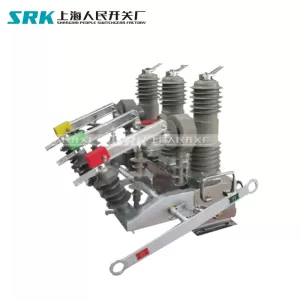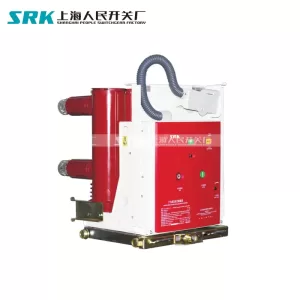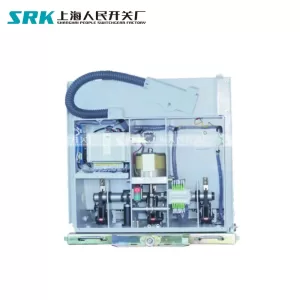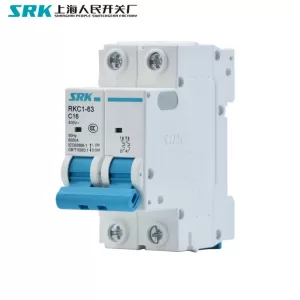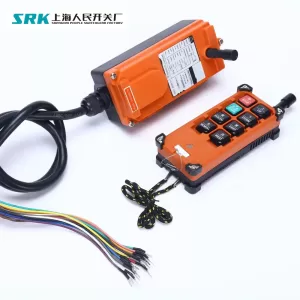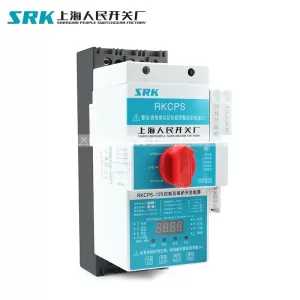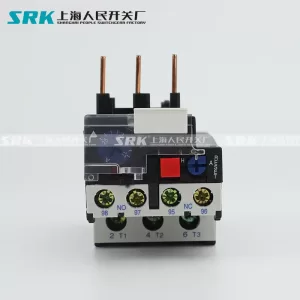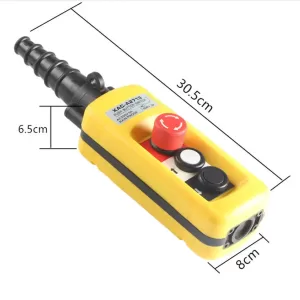
Pendant control station, also known as a crane control station, is a device used for controlling the movements and functions of cranes, hoists, or other machinery. It is typically used in industrial settings where precise control over lifting, lowering, and movement operations is required.
Here are some key features and characteristics of a pendant control station:
- Handheld Control Device: A pendant control station consists of a handheld control device, often in the form of a pendant or pendant station. It is connected to the machinery via cables or wireless communication, allowing the operator to control the equipment from a safe distance.
- Control Buttons and Switches: The pendant control station contains a variety of control buttons, switches, and selectors. These controls are specifically designed to operate different functions of the machinery, such as lifting, lowering, traversing, and stopping operations.
- Emergency Stop Button: An essential feature of a pendant control station is an emergency stop button or emergency stop switch. This button allows for the immediate cessation of all machinery movements in case of an emergency or hazardous situation.
- Directional Control: The control buttons on the pendant station are often arranged in a way that provides intuitive directional control. For example, separate buttons may be provided for moving the machinery forward, backward, left, and right.
- Control Voltage: Pendant control stations are available in various control voltage ratings to match the electrical requirements of the machinery and the specific application.
- Durability and Safety: Pendant control stations are designed to withstand harsh industrial environments and provide reliable performance. They are often built with durable materials, ergonomic designs, and protective features to ensure the safety of the operator.
Pendant control stations are tailored to the specific requirements of different types of machinery, including overhead cranes, gantry cranes, hoists, and other lifting equipment. They provide operators with a convenient and safe means of controlling the movements and functions of these machines from a remote location.


